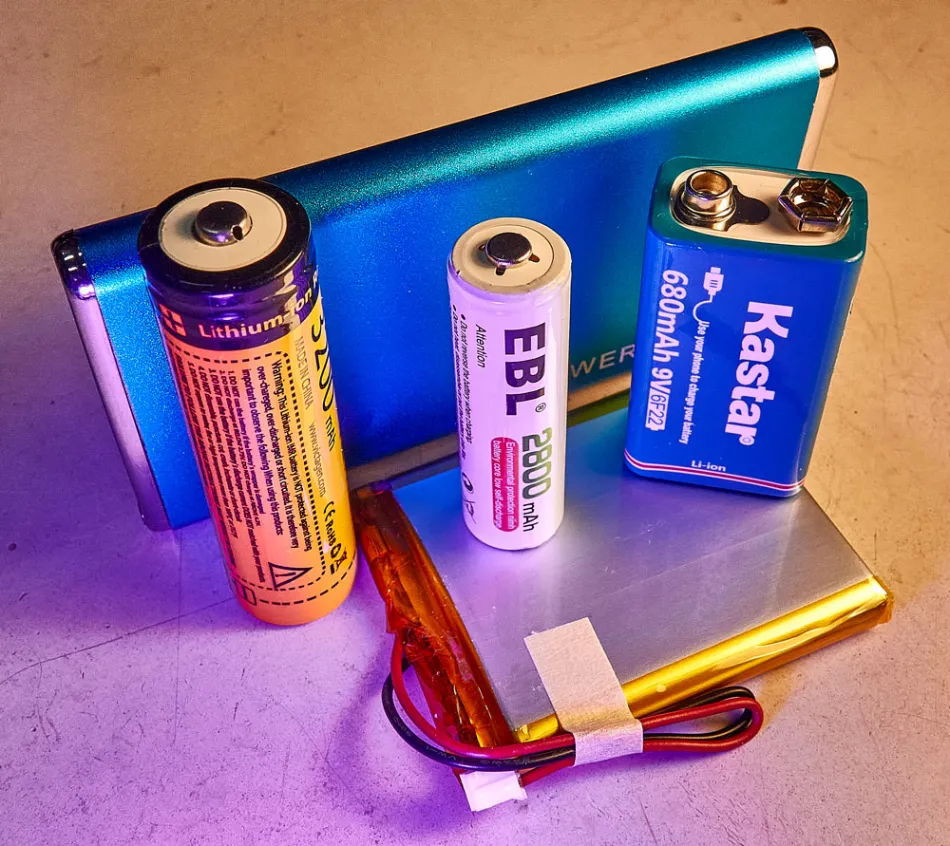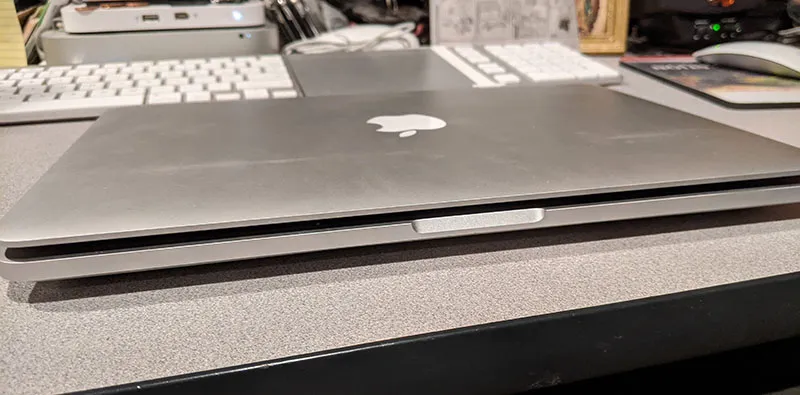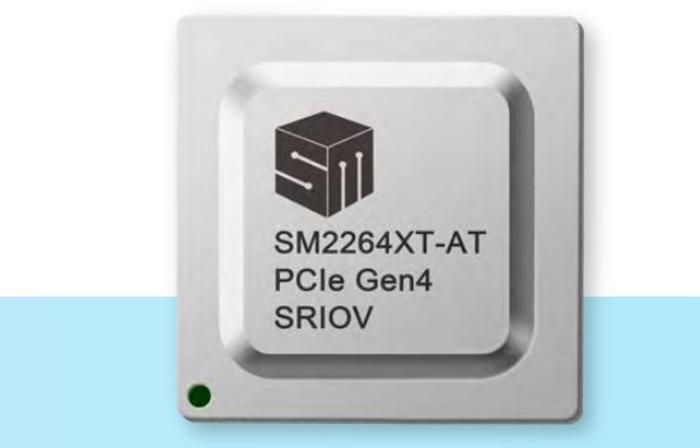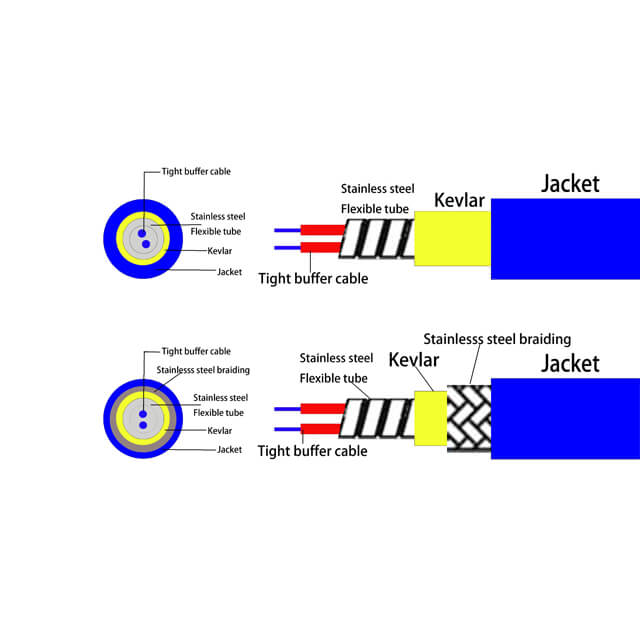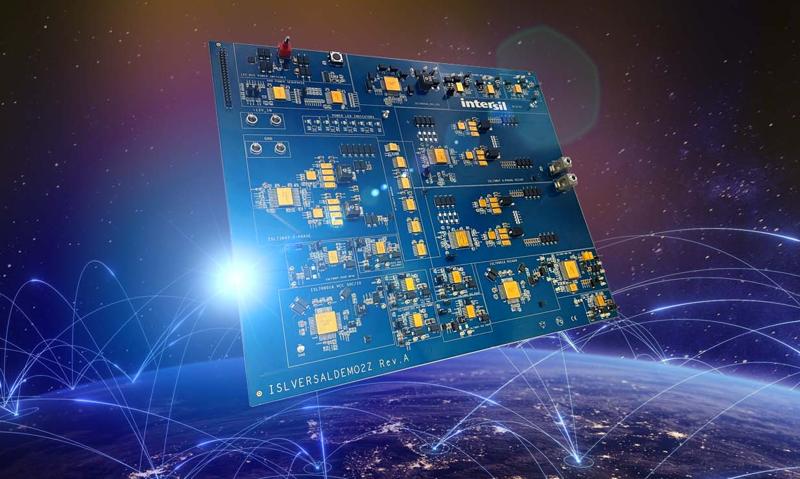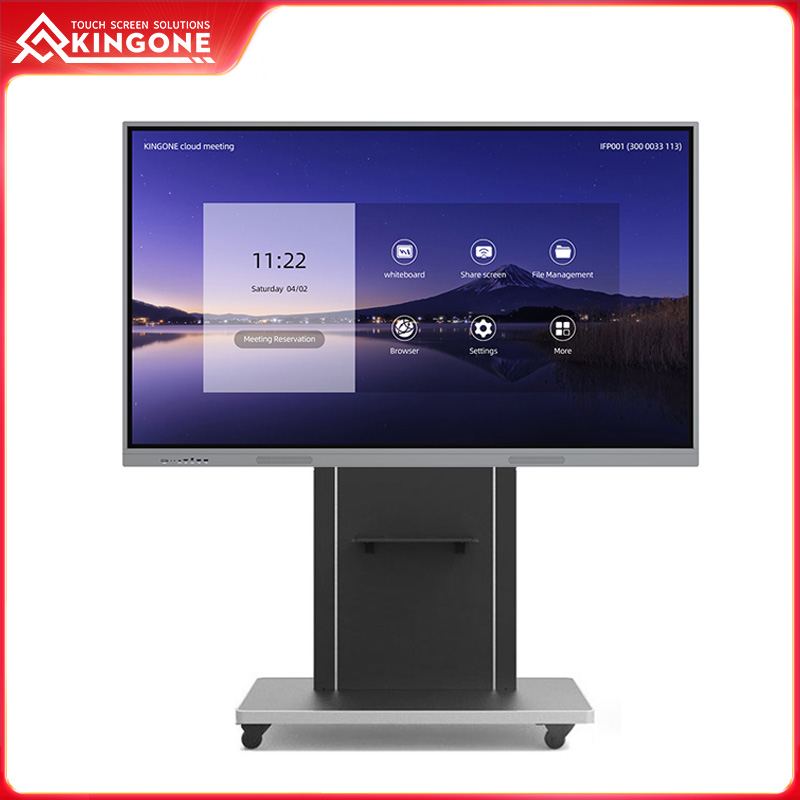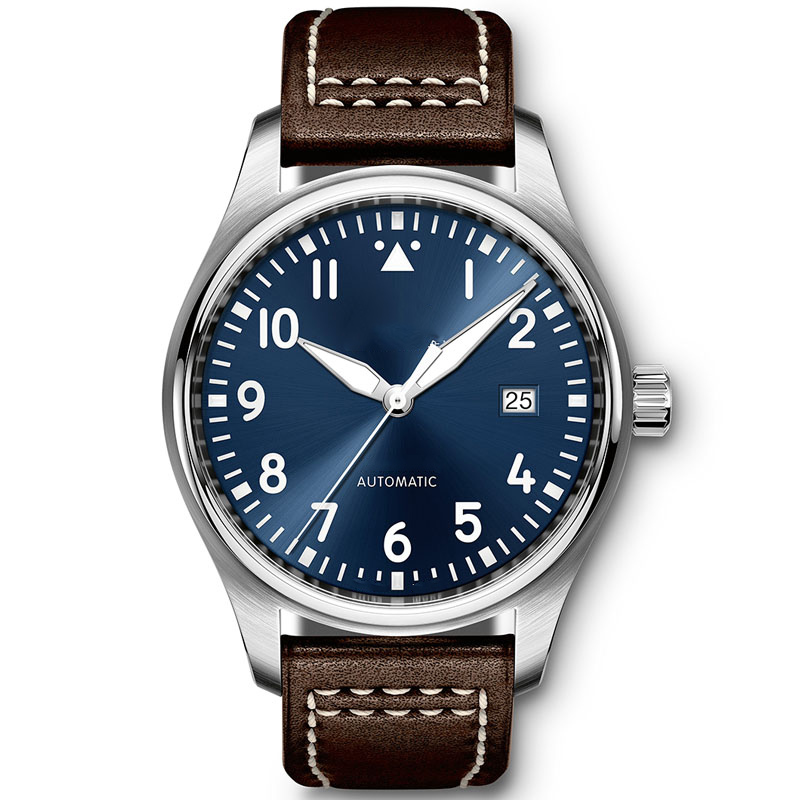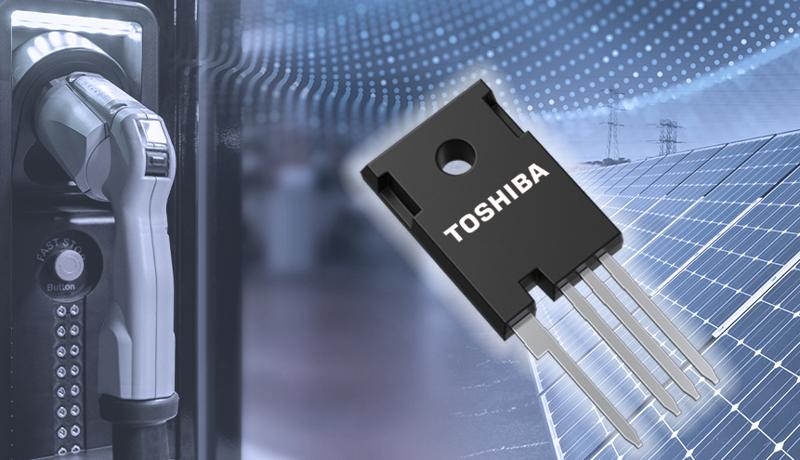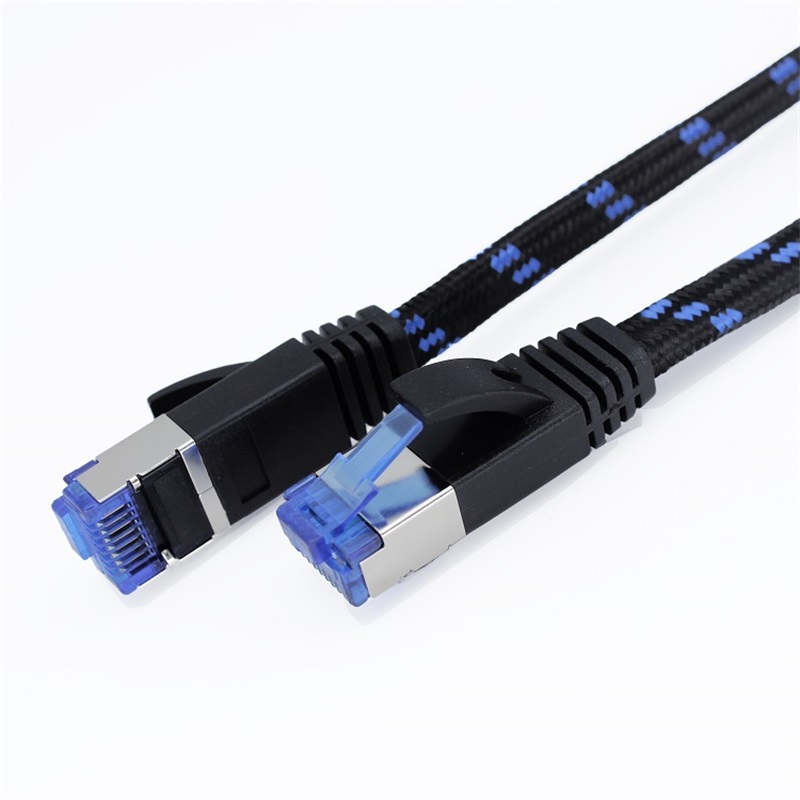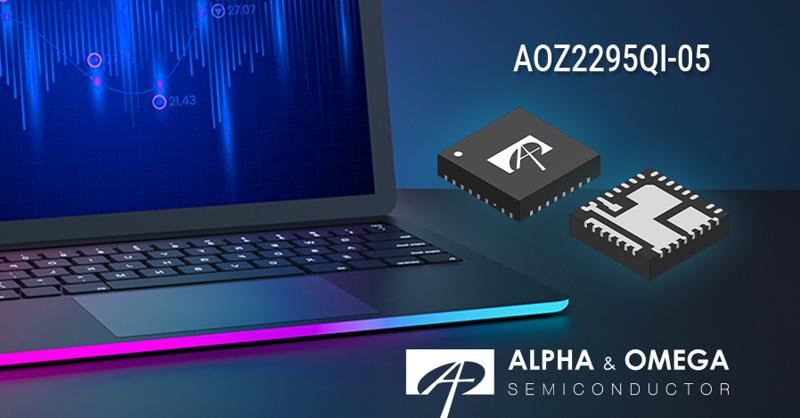
FiiO transitions: Technology evolutions
- Components
- 2023-09-27 10:44:56
As I’ve mentioned before, the clearance section at BuyDig is one of the places where I regularly find great deals on tech widgets. I periodically get emails from the retailer with 10-or-other-percent-off promotional coupon codes, which inevitably prompt me to browse the company’s online inventory, much of which consists of open-box (i.e., prior-customer return) items.
Last summer, in the midst of one such promotion, I came across an open-box FiiO A5 portable headphone amplifier in titanium finish for $91.76 ($101.96 minus 10%):
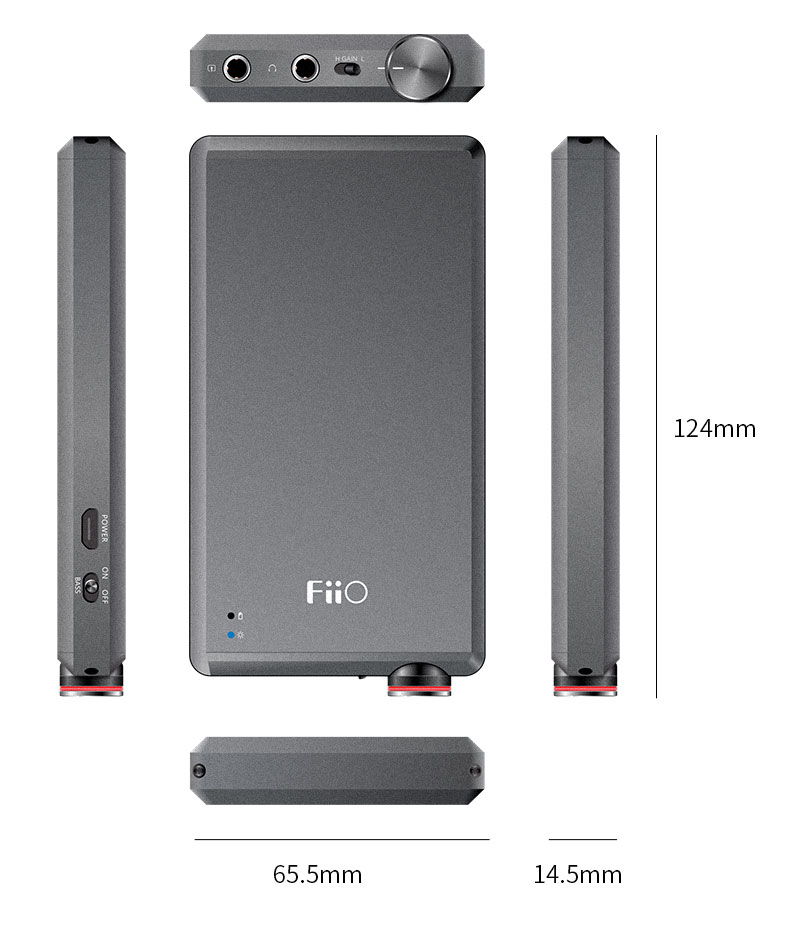
FiiO, for those of you who aren’t already familiar with the name, along with Topping, for example, whose D10 Balanced DAC I also own:




is a Chinese manufacturer of highly regarded, competitively priced audio gear, both battery- and AC-powered. FiiO sells, for example, a series of high-end portable audio players akin to the Pioneer unit I showcased in September 2020. The company also makes DACs, headphone amps, and combinations of the two, for both desktop and mobile (and both) use cases. Admittedly, I was briefly tempted by the A5; it looked sleek, although I admittedly would have preferred the black-finish option, and the reviews were good. But I quickly realized that the A5 was rapidly being obsoleted by interface trends in the audio sources I’d be most likely to pair it with.
Specifically, where my Google Pixel 4a 5G smartphone still toted an analog audio output, its Microsoft Surface Duo sibling had already transitioned to digital-only wired (USB-C) and wireless (Bluetooth) output options, as are the bulk of smartphones nowadays. Once the Pixel 4a 5G’s support expired, its Pixel 6a successor would also drop the analog audio output.And anyway, unlike the Pioneer XDP-02U, there’s no line out option with the Pixel 4a 5G; the signal coming out the headphone jack is already amplified, minimizing any benefit the FiiO A5 might otherwise provide. The A5 offers no balanced headphone output option either, which is unsurprising given that there’s no balanced input option either, but…
The concept of a beefy portable external headphone amplifier (particularly one offering a balanced output option) was still intriguing to me, however, since the amplifiers integrated both in my Pixel 4a 5G and in all the USB-C-to-3.5mm adapters I’d so far tried out were fairly wimpy. And perhaps obviously given the earlier-mentioned smartphone interface progression, I was interested in something that combined the amplifier with a front-end DAC in a single package. Admittedly, I already had one; the Radsone Earstudio ES100 MK2 that I’d reviewed at the beginning of 2021 optionally supported wired-connection operation:

That said, the ES100 MK2 was predominantly designed for wireless tethering to a smartphone over Bluetooth; as such, it didn’t support high bitrate audio codecs such as (lossy, strictly speaking, claims to the contrary aside) MQA, used by Tidal—Meridian Audio is also developing a more streaming-friendly successor—and (lossless) DSD, the format foundation of the SACD. And let’s be honest: bottom line, I was looking for a new toy to play with. I found it in FiiO’s Q3:

Strictly speaking, and as shown above, mine’s the newer Q3 MQA, which as the name implies and unlike its predecessor, also supports the MQA format. The development (and bigger-picture history is interesting, at least to me.
The FiiO A5 mentioned at the beginning of this writeup was introduced in September 2016 for $129.99. Again, it’s “only” a headphone amplifier.The original FiiO Q3 came out four years later (in September 2020), at a $149.99 MSRP. It was the successor to the Q1 Mark II, unveiled three years earlier (in 2017), and the original Q1, which launched two years prior to that (2015).And finally, there’s the Q3 MQA, which launched in June of last year (2022), at the same $149.99 MSRP as its predecessor.So far this might seem like a conventional technology-cadence tale: every couple of years, add a couple of features to come up with the new model, while keeping the price unchanged from its predecessor. However, in this case there are a couple of twists. First off, I’d argue that integrating the DAC and headphone amplifier in a single device, as done in the A5-to-Q3 transformation, is a bit more than “adding a couple of features”, even if doing so resulted in a MSRP increase of 15% versus “keeping the price unchanged.”
Secondly and even more interesting to me, is the core reason for the Q3 MQA’s existence. Quoting from the press announcement:
DAC and headphone amplifiers used to be the leading products in the FiiO line. At the peak period, there were 2 complete product lines. However, we did not release any new ones because of influences from portable music players, USB audio adapters and Bluetooth DAC/Amps. And due to chip shortage, old models, including the Q1MKII, Q3 and Q5s, are all out of production currently. The Q3 MQA coming this time is literally not a new product, but only a product with small changes due to chip shortage. It is for meeting the needs of users, providing them with another option other than music players and USB dongles.
Specifically, check this out…
The chip shortage caused supply shortage of products. Therefore, the Q3 MQA edition applies the all-new highly-processed XMOS XU316 [editor note: an audio decoding and general system processing SoC, and the replacement for the Q3’s XMOS XUF208], which is also XMOS’ strategic chip to enter the AI market. Including 16 cores, it is accurately calculated yet with lower power consumption. With the help of the strong XMOS XU316, the MQA function is added. When using the Q3 MQA with a music app that supports MQA, we can totally dive into a master-quality music experience.

Then there’s this…
Knowing that the production of the AK4462 [editor note: DAC] will not be resumed, our R&D team decided to use the similar AK4552 [DAC and ADC] after doing corresponding research and assessments. Our engineers worked hard on improving the audio performance and indicators to the same level as the previous model. The distortion performance is even more stable among all frequencies and the headphone amp power output has been improved by 10%.

As some of you might have already noticed, the original FiiO Q3 was introduced roughly nine months after the World Health Organization first announced what would end up being known as COVID-19, and just two days after the global (reported) pandemic death toll crossed through 1 million. More generally, the pandemic has severely impacted FiiO’s (full company name: Guangzhou FiiO Electronics Technology) business fortunes for several years running, along with those of plenty of other companies around the world, of course. Interestingly, in this particular case, the company stuck with its key chip suppliers, so I’m not sure to what degree the Q3 redesign was motivated by overall lack of IC availability versus these suppliers’ desires to focus on more-profitable newer-generation products (XMOS’ XUF208=> XU316) and/or whittle down the required number of supported product line items (AKM AK4462 DAC=> AK4552 ADC/DAC). One of this month’s teardowns also provides a case study of a similar situation.
Finally, regarding pricing, where (as I previously mentioned) the transition from a headphone amplifier-only unit to one that also integrated DAC functionality came with a modest (15%) price increase, that was only the case when comparing published MSRPs. Actual retailer pricing is often quite different, of course. When I looked at Amazon last summer, remaining inventory of the original Q3 had already dropped to $129.99. Today, as I write these words in late February, the Q3 is ironically back up to $149.99 while the Q3 MQA is $139.99. And the unit I bought? An open-box brand new device for $104 from an eBay seller. Not too shabby.
Speaking of which, here’s what the Q3 MQA looks like when playing back MQA-formatted content off Tidal (you can tell what stream type it’s decoding by the magenta-color LED):


And here it is playing back (using USB Audio Player Pro) a DSD-encoded music sample from the NativeDSD Starter Pack (note that the LED has now turned green…and it’s blue when playing PCM-encoded content or analog audio coming in over the line input, and red when in a low-battery or charging state):

I’m quite happy with my acquisition. Its battery life is outstanding, as is its output quality across a variety of music sources and over both balanced and conventional headphones of various impedances. And it came with a comprehensive suite of accessories: USB-C to USB-C (mind the dataflow-direction arrows on both ends if you want to hear music!), USB-C to USB-A and USB-C to Lightning cables, plus an analog cable with 3.5 mm TRS male plugs on both ends, and a suite of strapping options for holding the Q3 MQA and your desired audio player together (note in one of the earlier photos that I’d grabbed a thick black rubber band for my testing instead):

That all said, the company’s product line feature set evolution continues, of course. One of the only downsides of the Q3 MQA in comparison to my Radsone Earstudio ES100 MK2, for example, is that wired connectivity to the audio source is the only option; there’s no Bluetooth or other wireless alternative supported. That omission is something that FiiO’s $119.95 MSRP BTR5 solves, with a smaller form factor to boot, albeit (like the ES100 MK2) with the tradeoff of a lower-capacity battery (550 mAh vs 1800 mAh):

And further upping the ante is FiiO’s just-introduced $699.99 R7, which optionally dispenses entirely with a separate close-proximity audio-source device, instead streaming music directly from online music services along with DLNA and Roon servers elsewhere in the residence over Wi-Fi or wired Ethernet connections. In this regard, it’s conceptually similar to the streaming music receivers I covered back at the end of January; note, however, that these particular capabilities accompany a notably higher price tag, not to mention dispensing with portability.

What do you think about how FiiO has compensated for its pandemic- and otherwise-caused component building block constraints? And how has your company handled its own supplier shortcomings? As always, let me know your thoughts in the comments.
—Brian Dipertis the Editor-in-Chief of the Edge AI and Vision Alliance, and a Senior Analyst at BDTI and Editor-in-Chief of InsideDSP, the company’s online newsletter.
Related Content
Streaming music reception: implementation differentiationGetting to know Behringer’s U-Control555-based class-D headphone driver makes great practice ampHeadphone Amplifiers: Choose the right topology for your applicationMicrophones: On-PCB options for catching tonesEarbud implementation options: Taking a test drive(r)Preventing a tarnished reputation caused by partners’ poor performanceFiiO transitions: Technology evolutions由Voice of the EngineerComponentsColumn releasethank you for your recognition of Voice of the Engineer and for our original works As well as the favor of the article, you are very welcome to share it on your personal website or circle of friends, but please indicate the source of the article when reprinting it.“FiiO transitions: Technology evolutions”

